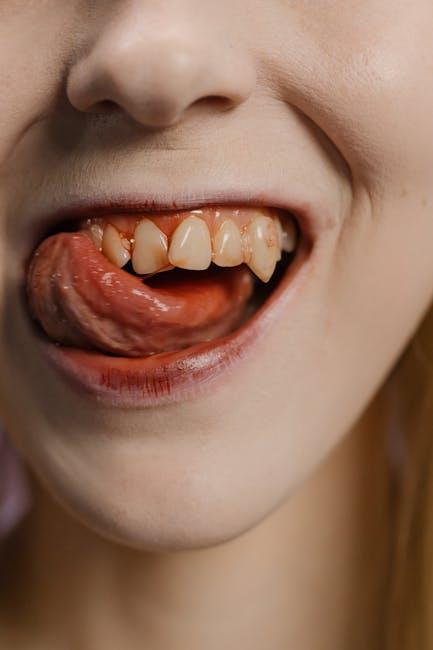
Does Medicaid Cover Dental? Orthodontics, Common Procedures & State Coverage
When it comes to dental health, many Medicaid beneficiaries wonder: Does Medicaid cover dental care? The answer isn’t as straightforward as you might think. Coverage varies widely depending on your state, your age, and the type of dental service you need. In this comprehensive guide, we dive deep into Medicaid dental coverage—highlighting orthodontics, common dental procedures, and how each state handles dental benefits.
Understanding Medicaid Dental Coverage
Medicaid is a joint federal and state program designed to provide health coverage to low-income individuals and families. While Medicaid guarantees dental coverage for certain groups, the scope and availability of services differ significantly.
Who Is Eligible for Medicaid Dental Benefits?
- Children and Teens (under 21): Federal law requires all states to offer dental benefits for beneficiaries under age 21. This is known as Early and Periodic Screening, Diagnostic, and Treatment (EPSDT).
- Adults (21 and older): Dental coverage for adults is optional and varies by state. Some states offer comprehensive services, while others provide limited or emergency-only dental coverage.
Does Medicaid Cover Orthodontics?
Orthodontic treatment, such as braces, is often a major concern for Medicaid beneficiaries, especially parents of children needing correction for misaligned teeth or bite issues.
Orthodontic Coverage for Children
Since dental coverage for children is mandatory under Medicaid, some states include orthodontic treatments if they are deemed medically necessary. Examples include:
- Correction of severe malocclusion impacting chewing or speech
- Treatment of congenital conditions like cleft palate
However, cosmetic orthodontic procedures are typically not covered.
Orthodontic Coverage for Adults
Orthodontic services for adults are almost never covered under Medicaid unless it is essential for medical reasons, and coverage availability depends on state rules. Private dental insurance often becomes the alternative here.
Common Dental Procedures Covered by Medicaid
Depending on your state and age, Medicaid can cover a range of dental procedures. Here is a breakdown of the commonly covered services:
| Procedure | Description | Coverage for Children | Coverage for Adults |
|---|---|---|---|
| Routine Exams & Cleanings | Preventive check-ups and teeth cleanings | Typically covered | Varies by state, often limited |
| Fillings & Restorations | Treatment for cavities and minor tooth damage | Usually covered | Varies widely |
| Extractions | Removal of severely decayed or damaged teeth | Covered | Often covered |
| Root Canals | Endodontic treatment to save infected teeth | Covered in many states | Limited coverage in some states |
| Dentures | Replacement of missing teeth with prosthetics | Usually covered | Varies |
| Orthodontics | Braces and orthodontic appliances for alignment | Covered if medically necessary | Rarely covered |
State-by-State Variation in Medicaid Dental Coverage
Dental coverage under Medicaid dramatically differs by state, particularly for adults. For children, dental benefits are federally mandated but states can vary on the range of covered services.
Examples of Adult Dental Benefits by State
| State | Adult Dental Coverage Level | Coverage Highlights |
|---|---|---|
| California | Comprehensive | Routine exams, fillings, root canals, dentures included |
| Texas | Limited | Emergency extractions only |
| New York | Comprehensive | Extensive dental care including some orthodontics |
| Florida | Limited | Emergency dental services only |
| Illinois | Moderate | Routine care plus limited restorative services |
Benefits and Practical Tips for Using Medicaid Dental Coverage
Top Benefits of Medicaid Dental Coverage
- Prevents Severe Dental Problems: Regular check-ups under Medicaid can catch and treat issues early.
- Reduces Costs: Saves money on costly dental procedures, especially for low-income families.
- Access to Orthodontics for Kids: Some kids get medically necessary orthodontic treatment covered.
Tips to Maximize Your Medicaid Dental Benefits
- Confirm Coverage with Your State Medicaid Office: Contact your local Medicaid office or visit the state website to understand the exact dental benefits.
- Find In-Network Providers: Use Medicaid’s provider directory to locate dentists who accept your plan.
- Schedule Preventive Care Early: Preventive visits can save you from expensive treatments later.
- Keep Track of Coverage Limits: Know if your plan has annual caps or restrictions on certain procedures.
Case Study: How Medicaid Helped Sarah’s Family With Dental Care
Sarah, a single mother in New York, enrolled her two children in Medicaid and was relieved to learn that dental care was included. Her daughter needed braces due to a severe bite issue, and thanks to Medicaid’s medical necessity orthodontic coverage, the family avoided thousands of dollars in out-of-pocket costs. Regular visits also helped prevent cavities, keeping all her children’s teeth healthy.
Conclusion: Is Dental Care Covered by Medicaid?
In summary, Medicaid does cover dental care, but the details depend heavily on your state and age. Children under 21 receive comprehensive dental benefits including some orthodontic services when medically required. Adult dental coverage is optional for states and varies from full benefits to emergency-only services. If you or your family are on Medicaid, it’s crucial to investigate your state’s specific rules, find in-network providers, and make use of preventive care to keep your smile healthy.
For more detailed information about Medicaid dental benefits in your state and personalized assistance, visit Healthinsurance.org.


